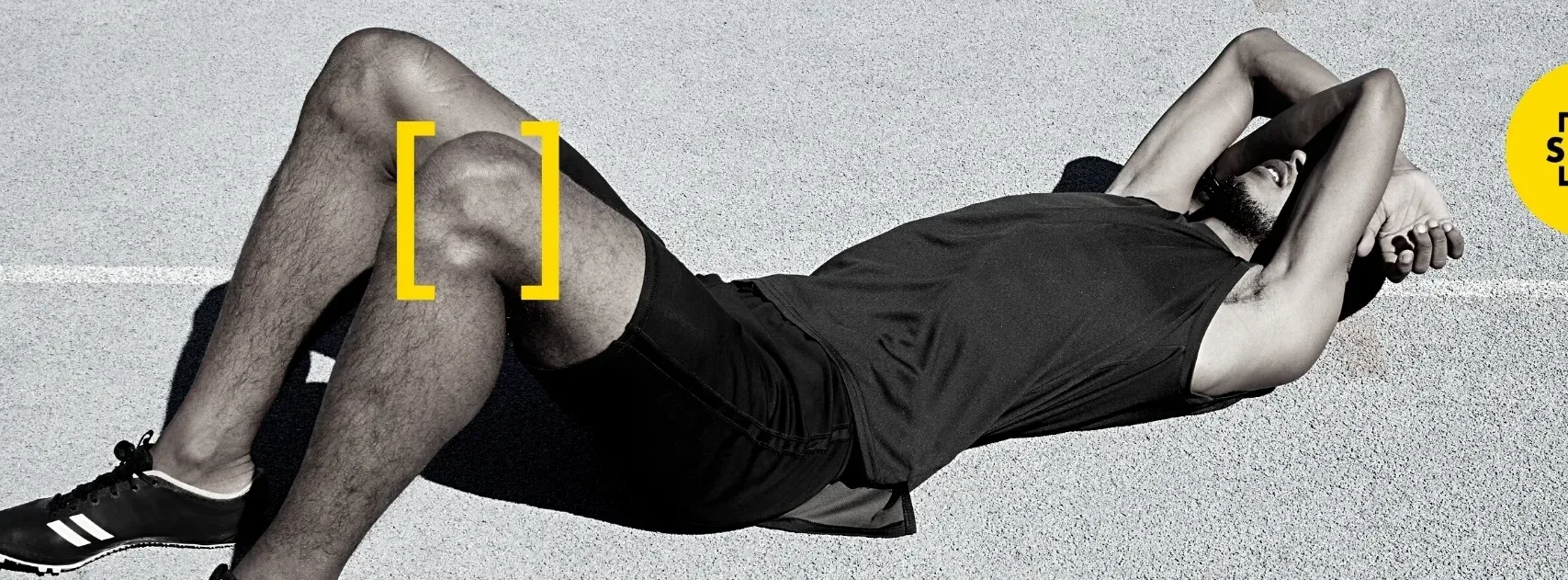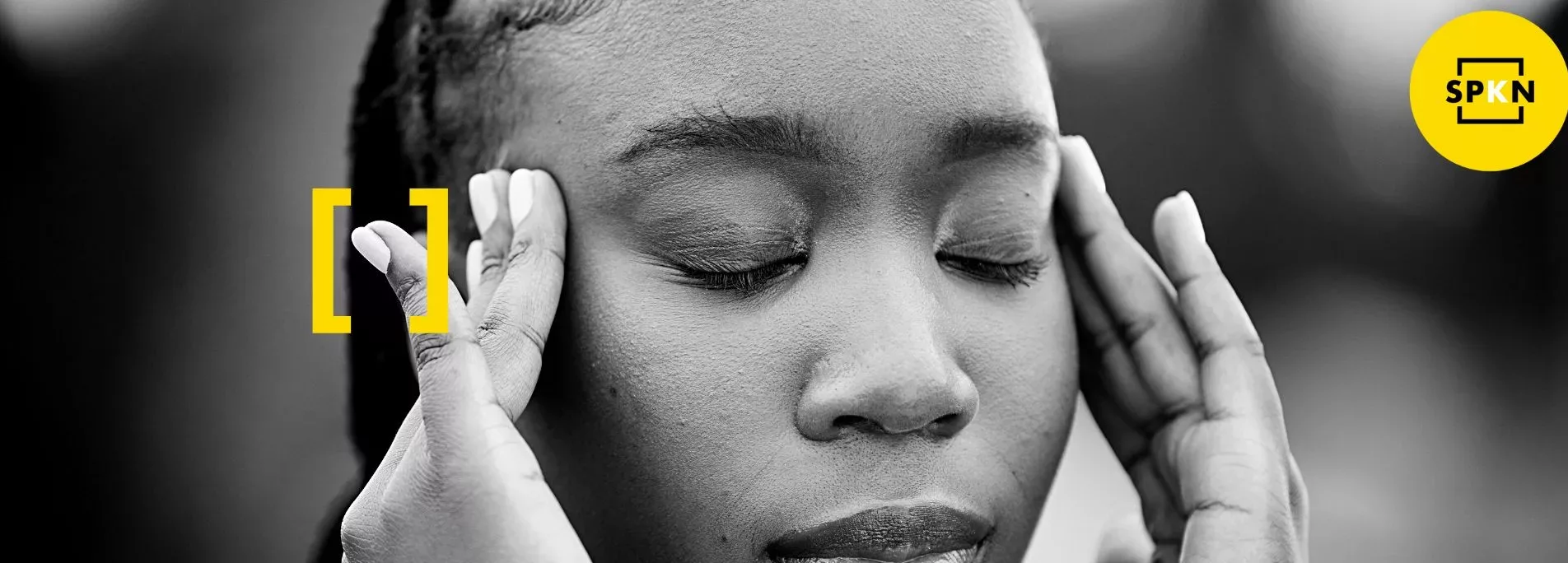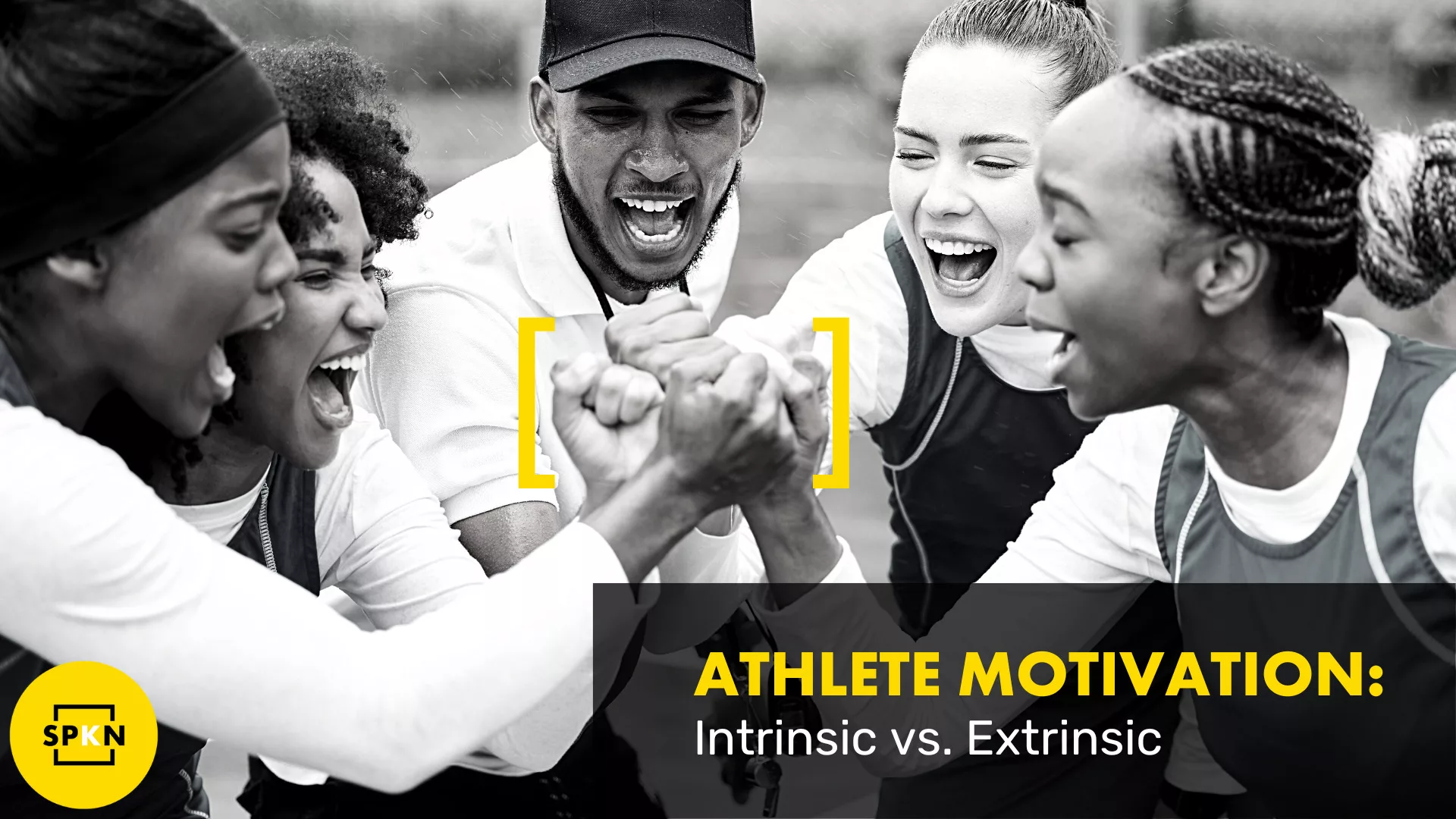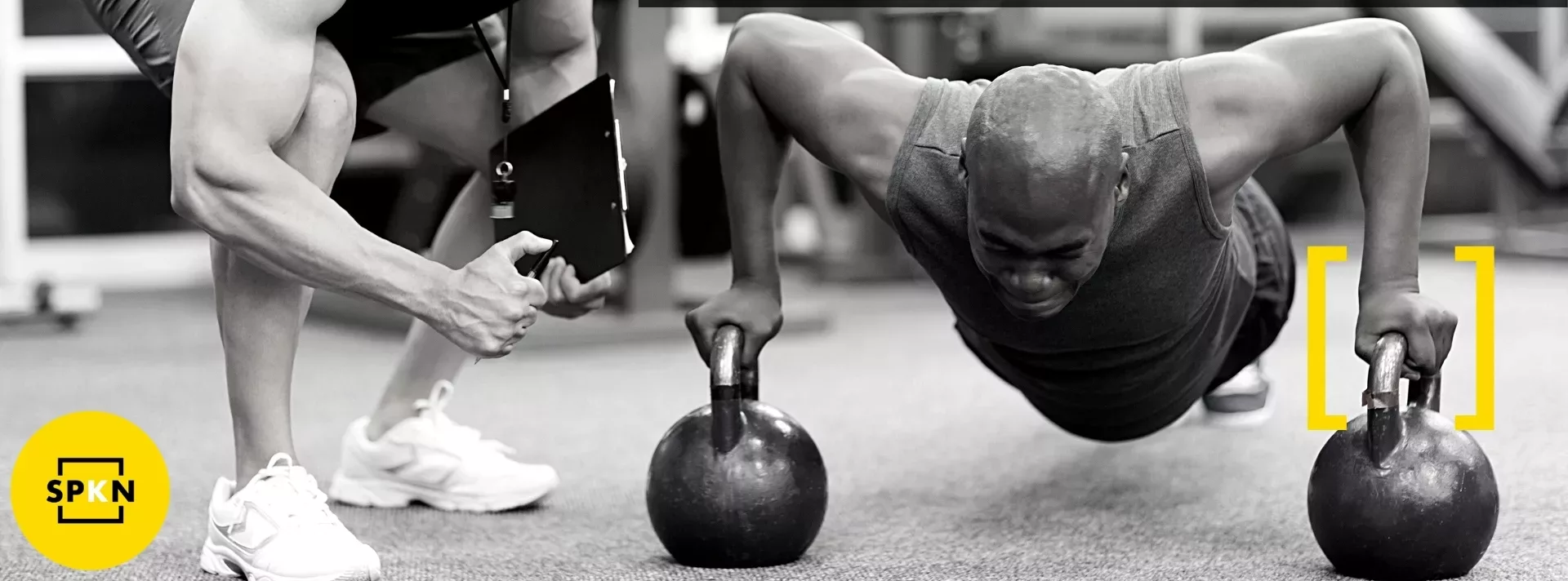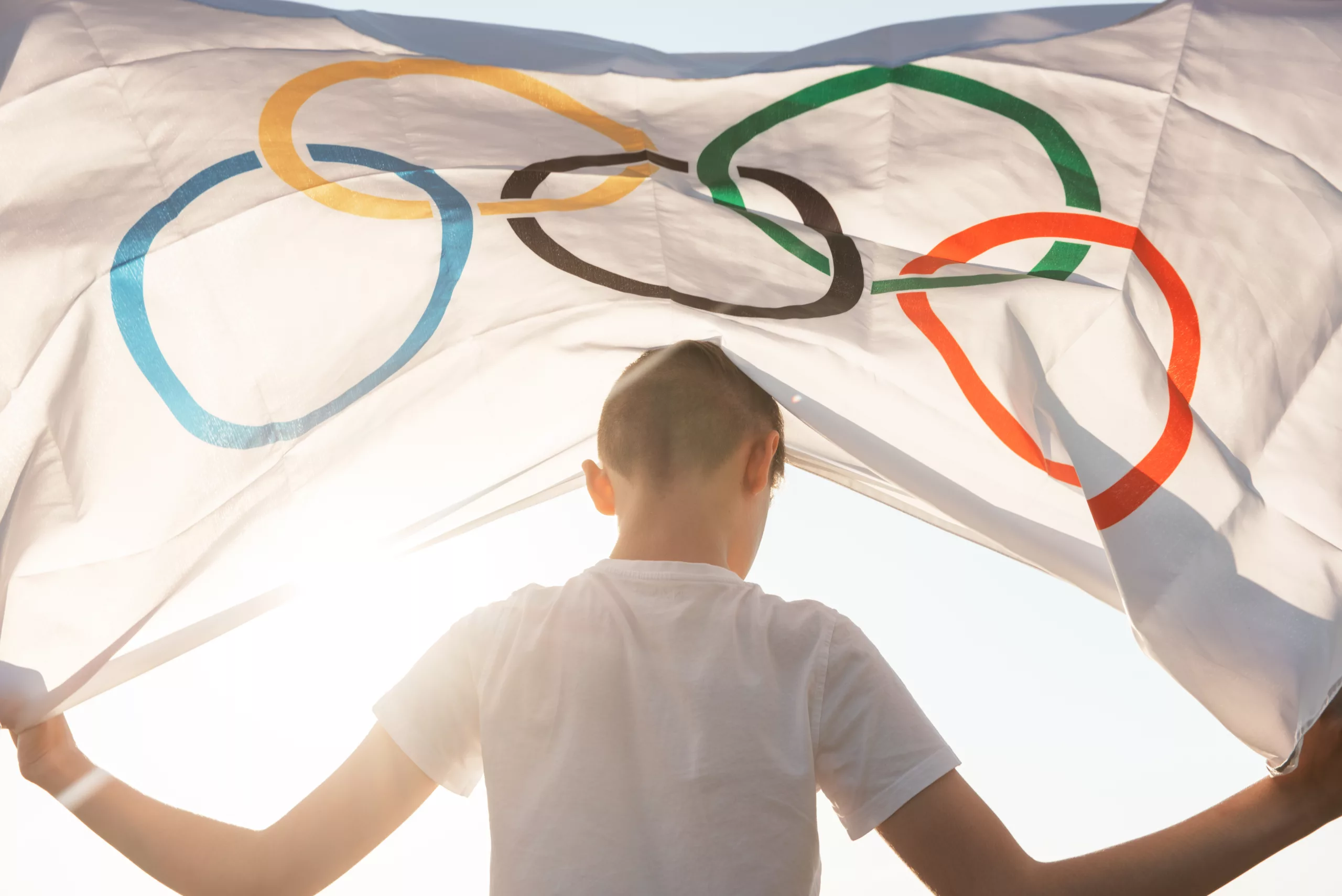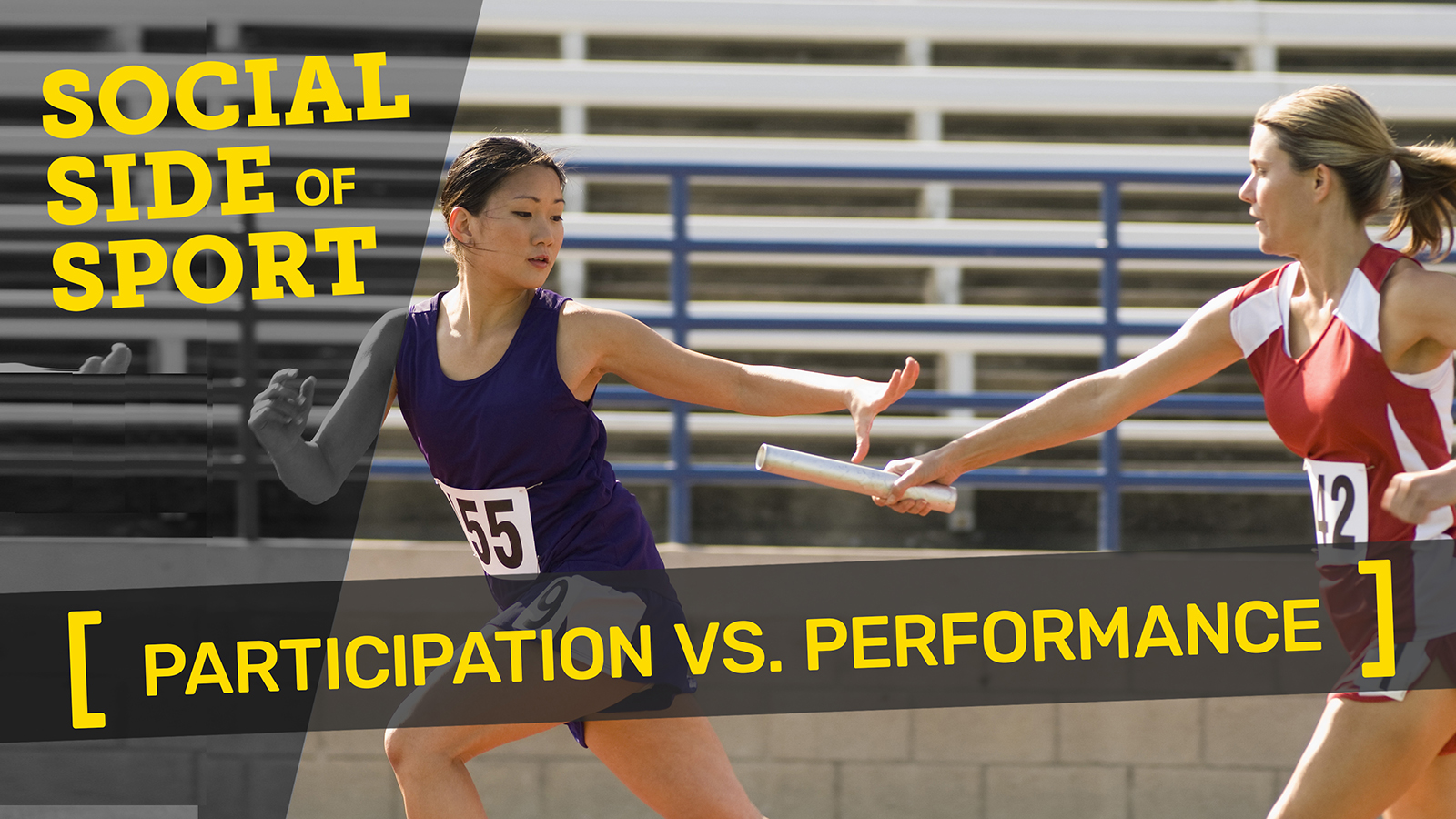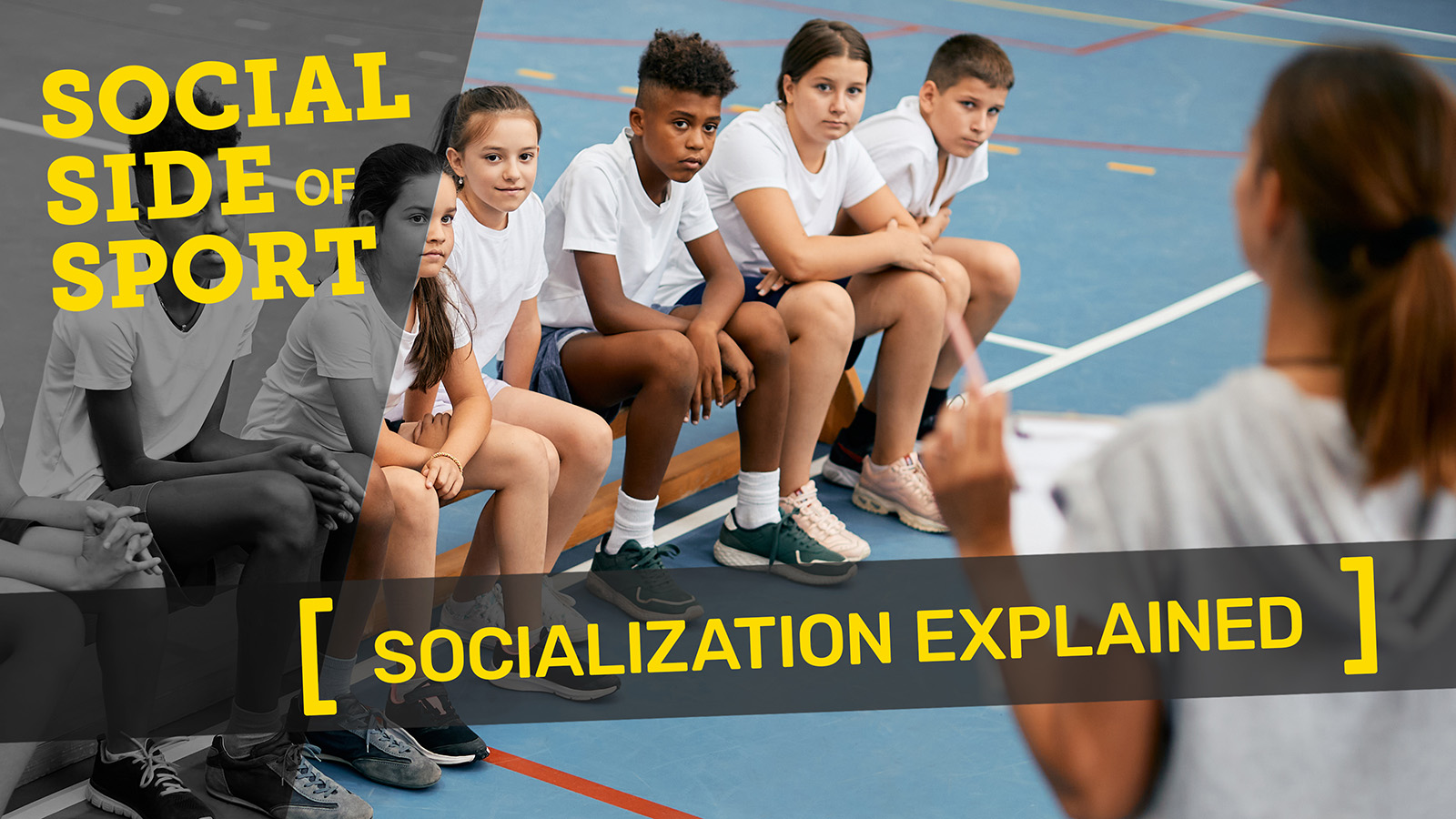Arousal is a blend of physiological and psychological activity in a person, and it refers to the intensity dimension of motivation at a particular moment in time. It involves activation of the reticular activating system in the brainstem, the autonomic nervous system, and the endocrine system, leading to increased heart rate, respiration rate, blood pressure, galvanic skin response, and other autonomic nervous system reactions.
It is a condition of sensory alertness, mobility, and readiness to respond. The intensity of arousal varies on a continuum from not aroused at all (i.e., deep sleep), to completely aroused (i.e., frenzied). Arousal is not automatically associated with either pleasant or unpleasant events. Individuals’ might be highly aroused because they have just won $10 million dollars in the lottery or they also might be equally aroused because they have to tell their spouse that they want a divorce. In addition, individuals could respond to a specific situation based on their interpretation of the situation. For example, in reversal theory, high arousal could be interpreted as pleasant excitement or unpleasant anxiety.
Conversely, low arousal could be interpreted negatively as boredom or positively as relaxation. Arousal is important in regulating consciousness, attention, alertness, and information processing. It is also important in emotion and has been included in various theories of emotion and personality. For example the Yerkes-Dodson Law (inverted-U hypothesis) states that there is an optimal level of arousal, and that too little or too much arousal will be detrimental to performance. One interpretation is that as arousal increases, irrelevant cues are discarded until an optimal level is
reached; whereupon further increases in arousal causes relevant cues to be discarded. Expanding on this theory, Hanin (2000) argued that individuals have different optimal levels of arousal with some athletes performing best at low levels, some at moderate levels (like the inverted-U) and others at high level of arousal. This individual difference orientation for the arousal-performance-relationship in sport performance has proven very popular One’s level of arousal is typically measured through changes in physiological or biochemical signs, such as heart rate, skin conductance, and catecholamines.
Another way to measure arousal is through the use of self-report questionnaires that ask questions such as “I feel peppy” or “my heart beats faster” on a numerical scale from low to high. These usually focus on how an individual feels at a given moment in time like right before competition.
Reference
Hanin, Y. (2000). Emotions in sport. Champaign, IL: Human Kinetics. https://amzn.to/3kkPru5
***Contributed by Robert Weinberg for Hackfort, D., Schinke, R. J., & Strauss, B. (Eds.). (2019). Dictionary of sport psychology:sport, exercise, and performing arts. Academic Press. https://amzn.to/3ZxARzT





